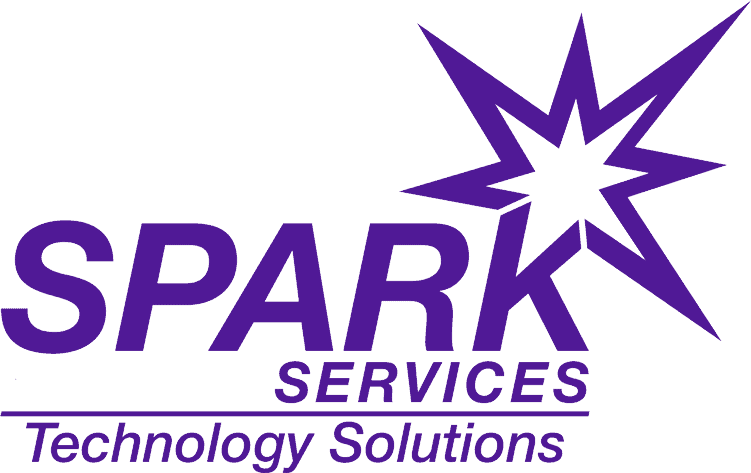With relentless advancement in technology into all areas of our lives, it should be no surprise to know that we are all living in the age of surveillance. From corporations to governments our personal information is dissected, all for justifiable purposes whether it is profits or for the sake of security.
At some point in time, we all have suspected that our computer is being monitored, either by someone we know or by someone outside who may have gained access without permission. When you are being monitored, the person doing the monitoring or the programs they are using always leave traces.
If you want to find out if someone is monitoring you on your computer, here are a few things you can do to detect the monitoring software.
Run Antivirus Software
Antivirus software can show whether or not your computer is being monitored. Most instances of monitoring are driven by malware. After making its way on your computer, such malware can record your activities. Antivirus software can detect malware. If there is malware on your computer, it will offer solutions to remove or corner it. Such software can even detect the presence of spyware, which can also lead to monitoring if left unchecked. Some kinds of spyware can also cause performance issues like a frozen web browser or speed issues. With effective antivirus software, you can find and remove spyware so that it doesn’t pose a risk.
Scan Open Network Ports to Detect Unauthorized Monitoring
This task is easy to carry out even for people without technical knowledge. If you’ve checked the installed programs and you’re still reasonably suspicious that someone is monitoring you, then the next step is to check the computer ports. If you are not technically proficient, there is no need to recoil in horror at running the rule over ports, it is reasonably straightforward. You can check all the open ports by going to Start, Control Panel, and Windows Firewall.
Then click on ‘Allow a program or feature through Windows firewall’ on the left-hand side of the box. This will open another box, and you’ll be able to see a list of programs with check boxes next to them. The ones that are checked are open, and the unchecked ones are closed. Go through the list and see if there is a program you are not familiar with or one that matches VNC, remote control, and so on, suggesting a spying program. If you do discover one, you can simply stop its tracks by unchecking the box.
Check WiFi Security
Not all Wi-Fi networks need a password, especially public hotspots. If you are using a laptop with Wi-Fi, check the network you are connected to to see if it’s secure. While this doesn’t exactly explain right away that your computer is being monitored, it does make it more likely if a password isn’t necessary to use it.
An open, unencrypted Wi-Fi network means that someone else on that network has a much better chance at seeing that you’re connected to it and watch your wireless traffic to pick up things like passwords you type into websites or the images you upload online, etc. Such instances are very common in malls or near transportation areas.
Use a VPN
To secure your online activity landing in the wrong hands, it is always ideal to use a VPN. A VPN encrypts your traffic, so your ISP won’t be able to read it. Also, it sends the traffic through one of its own servers so the website you visit won’t be able to see your real IP address. This way, you can be secure and anonymous on the internet.
These are some basic steps to establish whether you are being spied on via monitoring software that has been stealthily installed on your computer. If after carrying these steps you do still have suspicions then perhaps it’s best to contact technical expertise like us at SPARK.
SPARK Services ensures that when it comes to business, our goal is always to make sure that our customers have the best cyber solutions. We integrate modern technology with the best available contemporary means. For us, our clients and their cybersecurity are of utmost concern. Contact us today to learn more about our enterprise data protection and backup services.




